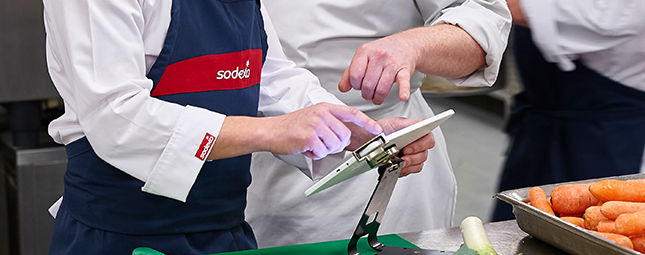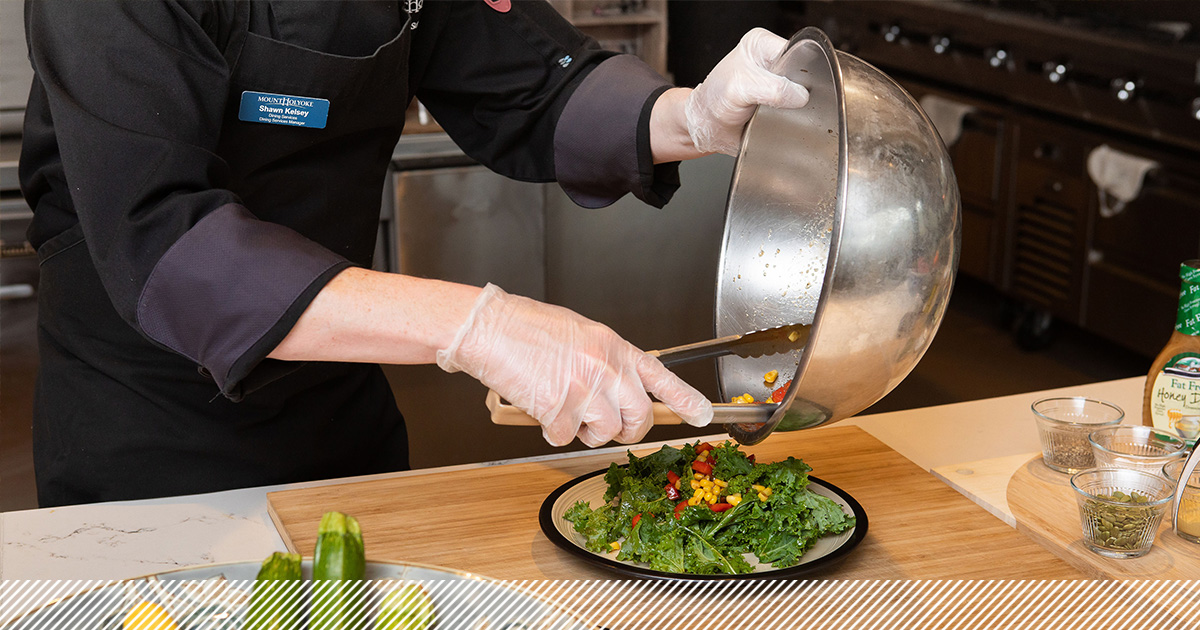Food Waste Intelligence

As soon as the COVID-19 pandemic reached the U.S., Vidant Medical Center in eastern North Carolina began to prepare for the potential of overcrowding, supply chain interruptions, and overwhelming strain on the staff. To support the patients and staff, Vidant’s dining services team jumped in to adapt their operations. “Our customer base dropped dramatically almost overnight,” said Troy Sheppard, Food & Nutrition Service Line Administrator and Client Executive with Sodexo, which provides dining operations for Vidant Health system. Incre...
Read More >>Topics:
Case Study
An ambitious new resource to help understand the problem of food waste in the United States ranked food waste tracking as the most financially impactful solution foodservice organizations can leverage. Launched by the nonprofit ReFED, the new Insights Engine builds on the group’s landmark 2016 study, A Roadmap to Reduce U.S. Food Waste by 20%. Like in that earlier report, preventing food waste (which food waste tracking enables) remains the focus of the Insights Engine.
Read More >>Topics:
Food Waste News
Mount Holyoke College started tracking food waste with Leanpath in October of 2019. And then, well, the world changed. For the safety of the community the majority of the students were asked to leave in the spring. The college reopened in August with only 150 students on campus. The private women’s college in Massachusetts, USA, typically has a student body of 2,200. “But the college wanted to make sure those students got a great dining program, and they also wanted to keep as many of our foodservice staff employed as possible,” expla...
Read More >>Topics:
food waste measurementDespite the many challenges the foodservice industry faced in 2020, kitchens around the world working with Leanpath still prevented 12 million pounds (or 5 million kilos) of food from being wasted last year. A significant bright spot in an otherwise dark year. This takes Leanpath’s total for the past 6 years alone to 61 million pounds (28 million kilos) of food waste prevented. As we often say, food waste is a nexus issue: when you prevent food waste from happening you also address some of the most pressing environmental problems we f...
Read More >>Topics:
food waste measurement
As we all adjusted to the challenges of 2020, something notable rose to the surface in foodservice: measuring food waste was no longer just a way to cut costs and be more efficient, it became a key tool in the learning and adapting process kitchens went through as they rose to the challenge of the new normal. What a kitchen wasted was one of the few real-time data points it could use to understand what was working and what was not as volumes dropped and service styles changed dramatically. Controlling food waste became more important ...
Read More >>